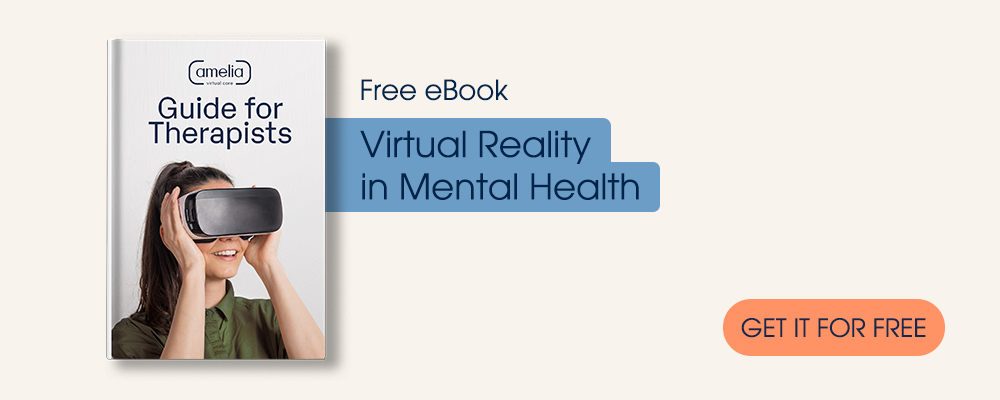When someone is afraid of needles, they may experience anxiety just thinking about getting a shot. Your heart may race and you may break out in a sweat. You may even feel like you are going to faint.
According to studies, 20% of the population has some type of fear of injections or immunization, and 10% suffer from Trypanophobia, an extreme fear of needles. Trypanophobia is one of the most common phobias, and it can be extremely debilitating. If you fear needles, even a simple blood test can be a nightmare.
Millions of people are scared to donate blood each year because of Trypanophobia- the fear of needles. This is a problem because thousands of blood transfusions are needed to save lives each year. This article will discuss the symptoms of Trypanophobia, some common treatments, and how you can help your patients feel more comfortable donating blood by using virtual reality.
Symptoms of fear of blood
Fear of injection can take several forms. The first is a vasovagal response, where a person may faint or have convulsions during or after a needle treatment.
Many individuals develop a fear of needles following a bad experience or as a result of some past trauma. When needles are present, people with this phobia may feel anxious, nauseated, or have breathing difficulties.
Some people are hypersensitive to pain caused by a needle, as their skin becomes so sensitive that receiving injections is more unpleasant than usual.
When it comes to donating blood, many of them experience shame and guilt about their Trypanophobia. They may feel embarrassed that, as an adult, they are scared of needles and unable to volunteer no matter how much they want to.
Treatments for fear of blood
There are treatments available for Trypanophobia, and the good news is that most people who seek help can overcome their fear. To manage anxiety about needles and pain, doctors can use topical anesthetics to numb the skin, but people with severe phobia also benefit from Cognitive Behavioral Therapy or exposure therapy to help overcome their fears.
Several treatments are available for people who have Trypanophobia, including exposure therapy, cognitive behavioral therapy, and relaxation techniques. Exposure therapy involves gradually exposing the person to the thing they are afraid of, in this case, needles, until they no longer feel frightened. Cognitive-behavioral therapy helps the person change the way they think about needles, and relaxation techniques can help calm them down when they feel anxious about an upcoming procedure.
How VR can help with anxiety undergoing needle-related?
A recent study has shown that virtual reality (VR) as a distraction has the potential to be a valuable tool in reducing pain and anxiety in children undergoing needle-related medical procedures.
VR can also treat the phobia of needles leading up to procedures like donating blood. The immersive nature of VR allows patients to confront their fears in a controlled environment, where they can slowly desensitize themselves to the trigger.
There is no need for needles or other potentially triggering objects during exposure therapy with VR. Instead, the user can simply put on the headset and immerse themselves in the virtual environment.
Amelia VR offers environments that simulate going into a procedure room to have blood drawn where the patient experiences the waiting room first, waiting to be called, and then a real blood draw second, from the first-person perspective.
If you’re interested in learning more about how VR can benefit your practice while using it with patients who may have Trypanophobia or other medical-related phobias, please contact us for a free demo. We would be happy to chat with you about this exciting new technology and answer any questions you may have.













